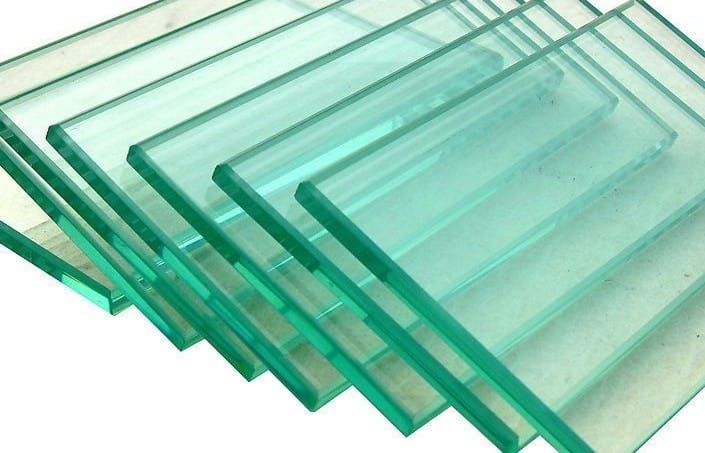Project Report For Toughened Glass Manufacturing
Introduction
Project report for Toughened Glass Manufacturing is as follows.
Toughened glass is a sort of safety glass that has been strengthened over standard glass. Compression and strain cause the glass to shatter into bits.
This may result in injuries and damage, which is why toughened glass is used to make windows, doors, tables, and other items that are often used. Toughened glass eliminates the risk of harm and is manufactured under close monitoring to assure its longevity and strength.
Toughened glass is often used to fabricate balcony doors, windows, facades, shower doors, bathroom doors, exhibition spaces, and displays, among other applications.
Project Report Sample On
Toughened Glass Manufacturing
Get Completely Custom Bankable Project Report
Tempered glass is utilised to fabricate doors and windows for opulent industrial structures. Additionally, toughen glass is employed in housing developments. Toughened glass is utilised for frameless shower doors, glass shelves, and large fixed windows.
Toughened glass is more thermally resistant than regular glass. Glass is subjected to extreme stress, which improves its strength.
Thermal tempering is a procedure in which annealed glass is heated to or above 720 degrees and then cooled rapidly after reaching the heating point. As a result, the glass becomes strong and strained.

Toughened glass is impervious to wear and tear on a regular basis. It is resistant to harm and retains its lustre and gloss for years. It is perfect for glass partitions, residential and commercial doors and windows, as well as glass partitions.
When annealed glass is repeatedly subjected to high temperatures, it may shatter, scattering sharp shards of glass over the floor.
This may be quite dangerous, particularly for youngsters. Toughened glass, on the other hand, is created using heat tempering and can withstand excessively warm and humid conditions. This is why installing them in bathrooms makes a lot of sense.
Market Potential Of Toughened Glass Manufacturing
Expenses

Product Cost Breakup

Reveneue Vs Expenses

Market Trend

The Global Toughened glass market was valued at $46 billion in 2016 and is projected to reach $65 billion by 2023, registering a CAGR of 5.0% from 2017 to 2023.
Many governments across the globe have enforced the use of toughened glass in high-rise structures due to its resistance to air pressure and low weight. This glass is best suited for locations subjected to high wind, snow, and heat loads.
In such pressure zones, the normal annealed glass would fail. It is employed in architectural applications such as glass doors, partition walls, and side windows of buildings because of its structural strength.
Toughened glass may improve the atmosphere in office environments when utilised in glass doors, workstations, and partitions.
Tempered glass is extremely low-maintenance, requiring just a mild glass cleaner and a clean, damp cloth to clean. Additionally, the use of glass walls provides the appearance of a larger workspace by making the room seem larger than it really is.
Toughened glass significantly outperforms regular glass, particularly when used in the construction of buildings with glass exteriors. Consider why you should use toughened glass if you are considering constructing a contemporary structure with several glass panes.
One of the primary reasons for tempering glass is to give it the strength necessary to withstand harsh climatic conditions. Due to its low likelihood of breaking, this kind of glass is used in the construction of numerous high-rise structures, skyscrapers, and standalone glass walls. Additionally, even if it fails as a result of exposure to very hard circumstances, it will never shatter.
When ordinary glass shatters into sharp fragments, it may cause significant injury to anyone around. Toughened glass develops many cracks and fractures into blunt fragments incapable of inflicting major injury.
